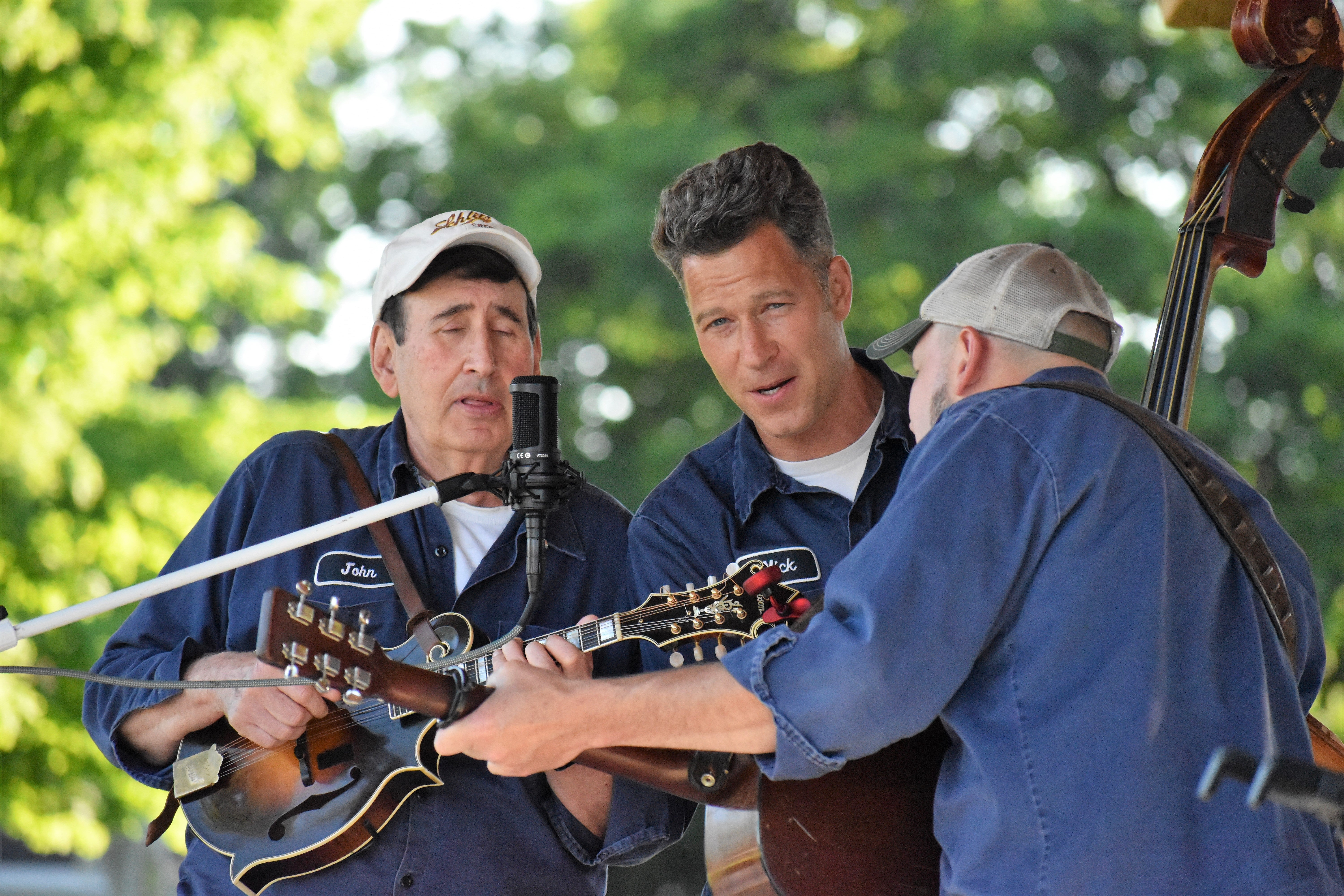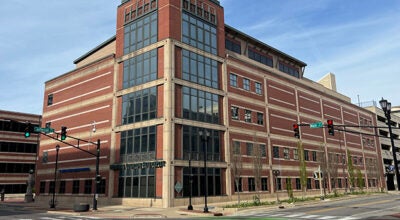LMC summer enrollment at record numbers
Published 11:04 pm Thursday, May 26, 2011
Summer enrollment at Lake Michigan College’s Bertrand Crossing campus is at record numbers, LMC President Robert Harrison reported Thursday. Fall enrollment numbers also look very high.
Harrison stopped at the Niles District Library to speak with citizens and LMC staff as part of a series of area meetings to create conversation about the college.
Niles’ Bertrand Crossing boasts 315 enrollees and 2,000 credit hours this summer — the highest enrollment ever for that semester. The college has never had summer enrollment above 250 students; however, the campus has experienced double-digit increases in summer enrollment for 10 consecutive years.
LMC was named one of the 50 fastest-growing community colleges in the nation by Community College Week magazine in its December issue. Fall enrollment has increased 29 percent from 2007.
“Like other schools, we’ve seen an influx” of adults heading back to school, said Harrison, explaining that the popularity of community colleges is nationwide.
The average age of LMC students is 26 — a lower age than in the past. Harrison attributes this to a younger workforce, dislocated workers and other factors.
The largest age category at LMC, however, is the 19 to 24 group at 33 percent. Eighteen percent are 18 and under; the 25 to 30 and 31 to 40 age groups both are at 13 percent; 12 percent are 41 to 60; and 1 percent are over age 60.
The attraction of community colleges for many is the price, and LMC is significantly lower than four-year schools at $3,270 for two 15-credit semesters. In comparison, universities like the University of Michigan charge $11,837 for the equivalent credits; Michigan State University is $11,205.
“Why buy a product and pay three times the price?” Harrison asked. He pointed out that LMC has seen a higher number of students obtain associate’s degrees and move on to four-year colleges like the U of M and MSU to pursue bachelor’s degrees.
LMC has the ninth-lowest tuition among Michigan’s 28 community colleges, and its millage rate is the sixth-lowest among those schools. LMC’s revenue is also unusual in that a large portion — 43 percent — comes from property taxes, and much of those are paid by the two nuclear power plants.
“They are heavy taxpayers,” Harrison said.
Although LMC is doing well financially, it has had to compensate for lower state aid than 10 years ago and a $180,000 cut from Renaissance Zone funding, which allows businesses in designated zones to not pay state and local taxes.
LMC has increased its general tuition fees by 6 percent.
“If enrollment holds steady, we should be able to survive this transitory process,” Harrison said.
He explained that a mission of LMC is to ensure that more of its students graduate from the college and pursue more education at a four-year school. Michigan is currently 36th in the U.S. in the number of adults holding bachelor’s degrees.
“The more people who have associate’s degrees, the more who will go on to have bachelor’s degrees,” Harrison said.
Also discussed was the high cost of student debt, which is becoming out of control for some students, particularly those accumulating multiple degrees.
“The next bubble to burst is student debt,” Harrison said. “As a society, I think we need to re-evaluate where we’re going with higher ed.”






